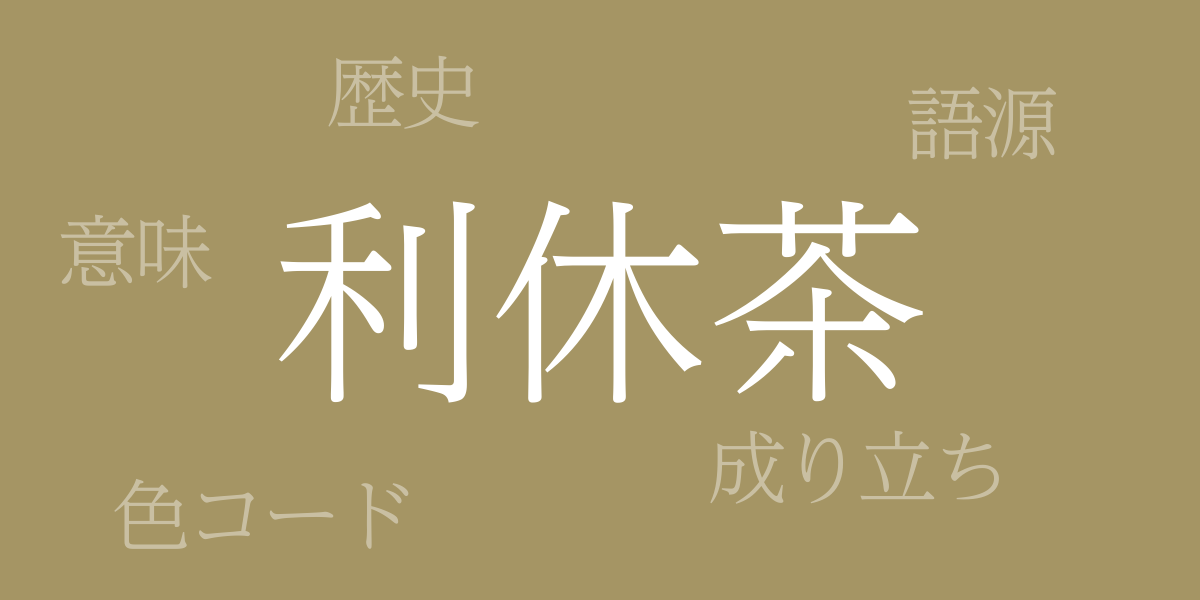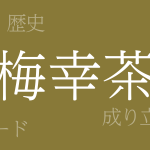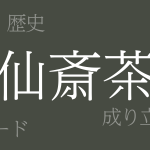Japan’s traditional colors, known for their unique beauty and profound historical significance, captivate people worldwide. Among these, “Rikyu-cha” (利休茶 – りきゅうちゃ) stands out with its deep hue, embodying the essence of Japanese culture and the spirituality of tea ceremony. This article delves into the allure of Rikyu-cha, exploring its historical significance, color code, and its Western name, to uncover the power of this color and invite you into the world of Rikyu-cha.
About Rikyu-cha (利休茶 – りきゅうちゃ)
Rikyu-cha (利休茶 – りきゅうちゃ) is characterized by a profound greenish-brown shade, evoking the ambience of traditional Japanese settings. Named after Sen no Rikyu, who established the Japanese tea ceremony, the color mirrors the aging bamboo and wood used in his tea rooms. Its serene hue is integrated into traditional architecture, crafts, and even modern designs, capturing the essence of Japanese aesthetics.
The History of Rikyu-cha
The history of Rikyu-cha dates back to the 16th century, associated with Sen no Rikyu, a historical figure embodying the spirit of the tea ceremony. His philosophy and aesthetic influenced numerous tea utensils and tea rooms. Over the centuries, the color he cherished became a staple in Japanese tradition, impacting various cultural artifacts and artworks. Its enduring beauty continues to be celebrated as one of Japan’s signature colors.
Rikyu-cha Color Codes
Accurate reproduction of Rikyu-cha in digital designs and prints requires specific color codes. Here are the codes:
- HEX: #A59564
- RGB: R:165 G:149 B:100
- CMYK: C:43 M:42 Y:66 K:0
Western Name for Rikyu-cha
The Western name for Rikyu-cha is “Rikyu Green.” This title honors Sen no Rikyu and indicates recognition of his influence and Japanese traditional colors in the West. The name is used internationally in fields like interior design and fashion, helping global audiences connect with this color.
Conclusion on Rikyu-cha
Rikyu-cha symbolizes Japanese history and culture, captivating many with its unique shade. This color, representative of the tea ceremony’s spirit, is widely used in modern design and art. Understanding Rikyu-cha’s color codes allows for its reproduction in digital and print media. The Western name “Rikyu Green” also facilitates broader international appreciation. As a color that conveys Japan’s traditional beauty, Rikyu-cha will continue to enchant people worldwide.

























